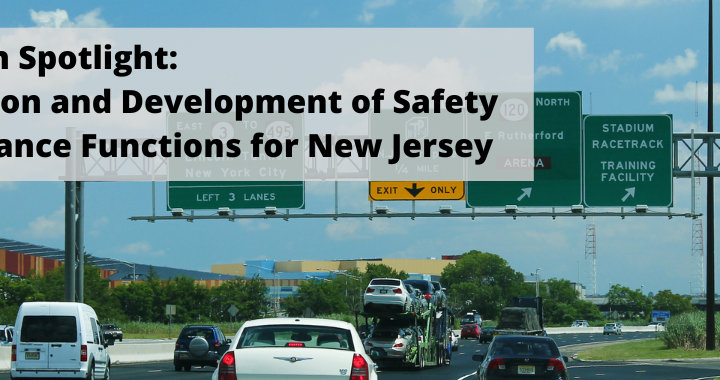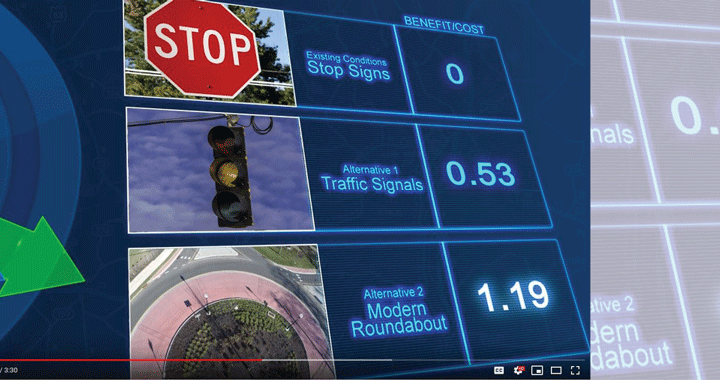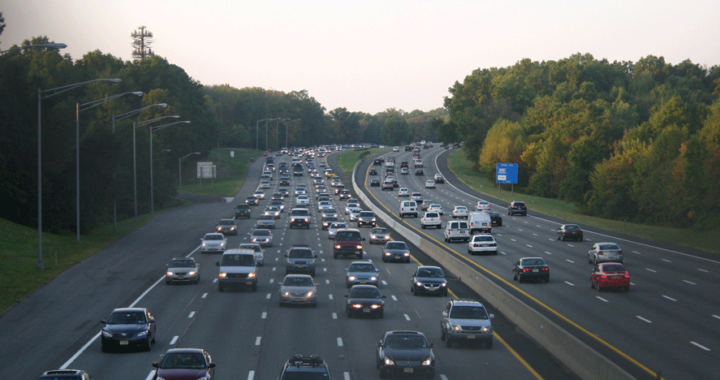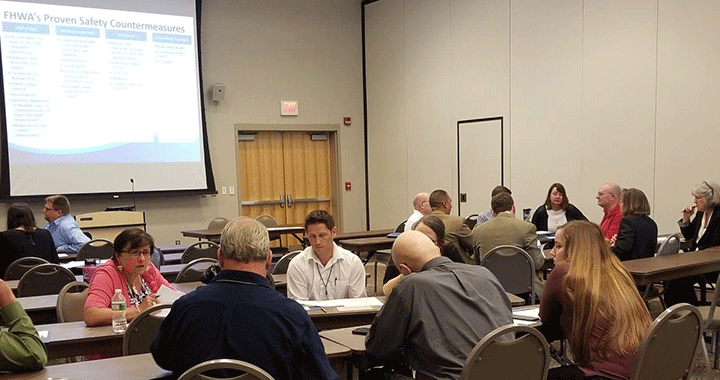What is Data-Driven Safety Analysis?
Using tools to analyze crash and roadway data to predict the safety impacts of highway projects allows agencies to target investments with more confidence and reduce severe crashes on the roadways.

Traditional crash and roadway analysis methods mostly rely on subjective or limited quantitative measures of safety performance. This makes it difficult to calculate safety impacts alongside other criteria when planning projects. Data-driven safety analysis (DDSA) employs newer, evidence-based models that provide state and local agencies with the means to quantify safety impacts alongside other impacts such as environmental effects, traffic operations and pavement life.
Learn more about this EDC-3 and EDC-4 Innovation.
NJ Advances DDSA
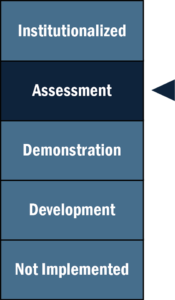 Stage of Innovation:
Stage of Innovation:
ASSESSMENT (December 2018)
During EDC-3 and EDC-4, New Jersey worked to advance Data-Driven Safety Analysis through the following activities:
Piloted the Use of Safety Analyst for Network Screening. NJDOT, in coordination with a consultant, piloted the use of the AASHTOWare software, Safety Analyst, in Burlington County to evaluate the feasibility of a full scale roll out for the entire state.
Expanded Understanding of Substantive Safety. Local Safety Peer Exchanges were held in association with the state's MPOs.
Developed Policy for Use of Highway Safety Manual (HSM) in Design Exceptions. NJDOT staff and external partners met and formed a committtee to review the pros and cons of a new policy. Additional meetings and trainings are needed to continue to educate stakeholders.
DATA-DRIVEN SAFETY: NEW & NOTEWORTHY
Research Spotlight: Calibration and Development of Safety Performance Functions for New Jersey
Data-Driven Safety Analysis: New Jersey Case Study
Local Safety Peer Exchanges: Summary Report
Local Peer Safety Exchange – 3rd Event
New Jersey To Expand Data-Driven Approach to Highway Safety Management
Local Safety Peer Exchange – 2nd Event
- 1
- 2

